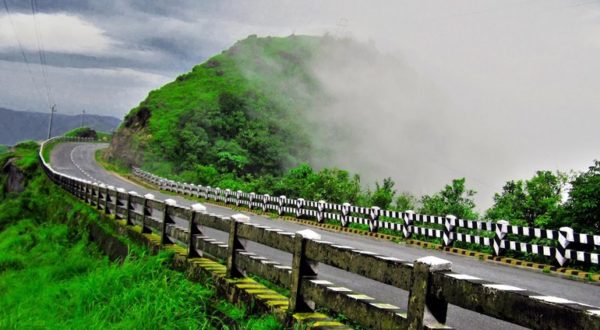International Union of Geological Sciences (IUGS) have classified the era which we live in today as the Meghalayan Age. The scientists decided to name it Meghalayan as a stalagmite from a cave in the Indian state of Meghalaya helped them define the sequence of climatic events which began 4,200 years ago. Stalagmites are a type of rock formation which rise from the cave floor towards the roof due to material accumulated from ceiling drippings. Meghalaya has a large number of caves in the Jaintia, Khasi Hills and Garo Hills districts. Geologists and scientists were able to find proof worthy evidence by studying the stalagmites in the caves of Meghalaya which convinced them of a massive draught which happened 4,200 years ago. The Meghalayan age began with a massive draught which forced mass migrations of communities which were based on agricultural activities. The evidences found at Meghalaya were further backed up research findings in China, Egypt and other countries with ancient civilizations from all the seven continents.
According to Stanley Finney, secretary general of IUGS, Meghalayan age is unique as its start coincides with the first interval in the Earth’s geological history with a major cultural event. The communities which were dependent on agriculture found it hard to recover from the draught. Shift in climate would likely have been caused by shifts in ocean currents and atmospheric circulation of the wind. This led to mass migration of humans to Egypt, Greece, Syria, Palestine, Mesopotamia, the Indus valley.
Meghalayan age is the newest period in the estimated 4.6 billion years of Earth’s existence. The other periods are demarcated by significant events such as breaking up of the continents, shifts in climate and the emergence of particular types of life. Apart from being the latest the Meghalayan age is probably the period in which the human brain and technology has become the most enhanced.
Along with the Meghalayan age, the IUGS also considered and approved two other ages as well. Middle Holocene Northgrippian Age and the Early Holocene Greenlandian Age were also approved by the body which started at 8,300 years ago and 11,700 years ago respectively. The Meghalayan was sent up for consideration to the IUGS where it was accepted unanimously but votes and ratified thereafter. The International Commission on Stratigraphy which is responsible for standardizing the geologic time scale also approved the same. Evidences for these were collected after studying the sedimentary strata that had accumulated over time and contained fossils and chemical isotopes which tells us about the passage of time and the physical and biological events which had accompanied them. The three new ages approved have been represented by sediments accumulated around the world on seafloor, lake bottoms, glacial ice and as calcite deposits in stalactites and stalagmites.
These will now be identified as international geostandards and will be kept in protected archives where they will be available for further study. The International Chart which depicts the timeline for Earth’s history will now be updated to include the Meghalayan and two other distinct ages.
